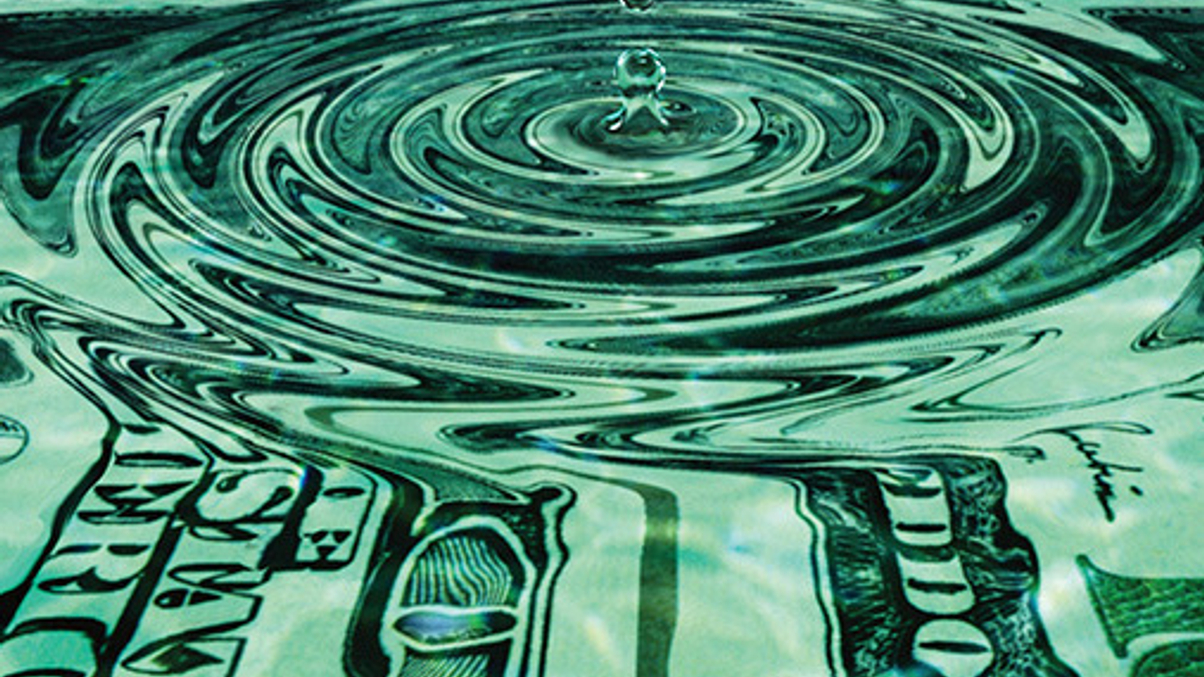GIC says liquidity is vital to cope with a slow recovery
New research by GIC and PGIM says that while multi-asset portfolios could bounce back from a V-shaped recovery, a liquidity shortage could occur more often under a U-shape one.

Institutional investors should ensure they have enough liquid assets to avoid capital calls, given that the economic recovery from the coronavirus pandemic is likely to be fairly slow. Those are some of the key findings of a new study by GIC and PGIM.
Sign in to read on!
Registered users get 2 free articles in 30 days.
Subscribers have full unlimited access to AsianInvestor
Not signed up? New users get 2 free articles per month, plus a 7-day unlimited free trial.
¬ Haymarket Media Limited. All rights reserved.


